- Acne
- Alzheimers
- Anti Allergy
- Anti Biotic
- Anti Cancer
- Anti Cougulant
- Anti Depressant
- Anti Diabetics
- Anti Parkinson
- Anti Prostate Cancer
- Anti Pyscotic
- Anti Sleep
- Birth Control
- Blood Pressure
- Bodybuilding
- Breast cancer
- Constipation
- Diarreha
- Erectile Dysfunction
- Eye Care
- Fungal Infection
- growth Hormones
- Hair Care
- Heart Attack
- High Blood Pressure
- High Cholestrol
- Inhalers
- Insomnia
- Men's Health
- Migrane
- MultiVitamins
- Muscle Relaxant
- Nausea
- Painkillers
- Parkinson
- Skincare
- Steroids
- Uncategorized
- Weight Loss
- Women's Health
Propecia Finasteride Tablets 1mg
Finasteride Tablets: A Comprehensive Overview
Introduction:
Finasteride tablets are primarily used to treat male pattern baldness (androgenetic alopecia) by promoting hair growth and increasing hair count over time. It is also effective for managing benign prostatic hyperplasia (BPH), a condition where the prostate becomes enlarged. By addressing BPH, Finasteride can alleviate urinary symptoms, potentially delaying the need for surgery. Available only by prescription, Finasteride is an essential medication for those affected by these conditions.
How Finasteride Works:
In the case of male pattern baldness, the hormone dihydrotestosterone (DHT) plays a significant role. DHT causes hair to thin and eventually stop growing in the affected areas. DHT is also involved in prostate enlargement. Finasteride works by inhibiting the enzyme 5α-reductase, which is responsible for converting testosterone into DHT. By lowering the levels of DHT, Finasteride helps stimulate hair growth and reduces the symptoms of BPH.
Forms and Dosage:
- Finasteride 5mg tablets: Used for the treatment of BPH.
- Finasteride 1mg tablets: Used for addressing male pattern hair loss.
FDA Approval Timeline:
Finasteride was first approved by the FDA as Proscar (5mg tablets) on June 19, 1992, for the treatment of BPH. Later, Propecia (1mg tablets) was approved on December 19, 1997, for male pattern hair loss. Today, Finasteride is available as a generic medication, making it more accessible to those in need.
Topical Finasteride:
Topical forms of Finasteride have been tested in clinical trials for treating hair loss. These formulations show similar effects on hair count as oral Finasteride. However, a 0.25% concentration of topical Finasteride is not yet FDA-approved.
Serious Side Effects of Finasteride:
While Finasteride is generally well-tolerated, there are some serious side effects that require immediate medical attention. These include:
- Signs of a serious allergic reaction such as:
- Hives
- Trouble breathing
- Swelling of the face, lips, tongue, or throat
- Symptoms of male breast cancer, including:
- Pain or lumps in the breast
- Discharge from the nipple
- Any other changes in the breast area
- Other serious symptoms to be aware of include:
- Blood in your semen
- Testicular pain
- Symptoms of depression
Conclusion:
If you are considering Finasteride for either male pattern baldness or BPH, it is crucial to consult with your healthcare provider to ensure it is the right choice for you. Always be vigilant for potential side effects, and don’t hesitate to reach out to your doctor if you experience any unusual symptoms. Finasteride can provide effective relief for many men, but as with any medication, understanding the benefits and risks is essential for safe and successful use.
Buy 1 Get 1 Free
Unbetable Quality
Recent Products

Use Coupon Code
Z24U
Recent Products
Our Partners





CEFLOX EYE DROP
Omnacortil 10Mg
Super Lash Ophthalmic Solution
You may add any content here from XStore Control Panel->Sales booster->Request a quote->Ask a question notification
At sem a enim eu vulputate nullam convallis Iaculis vitae odio faucibus adipiscing urna.

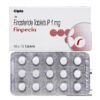
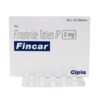



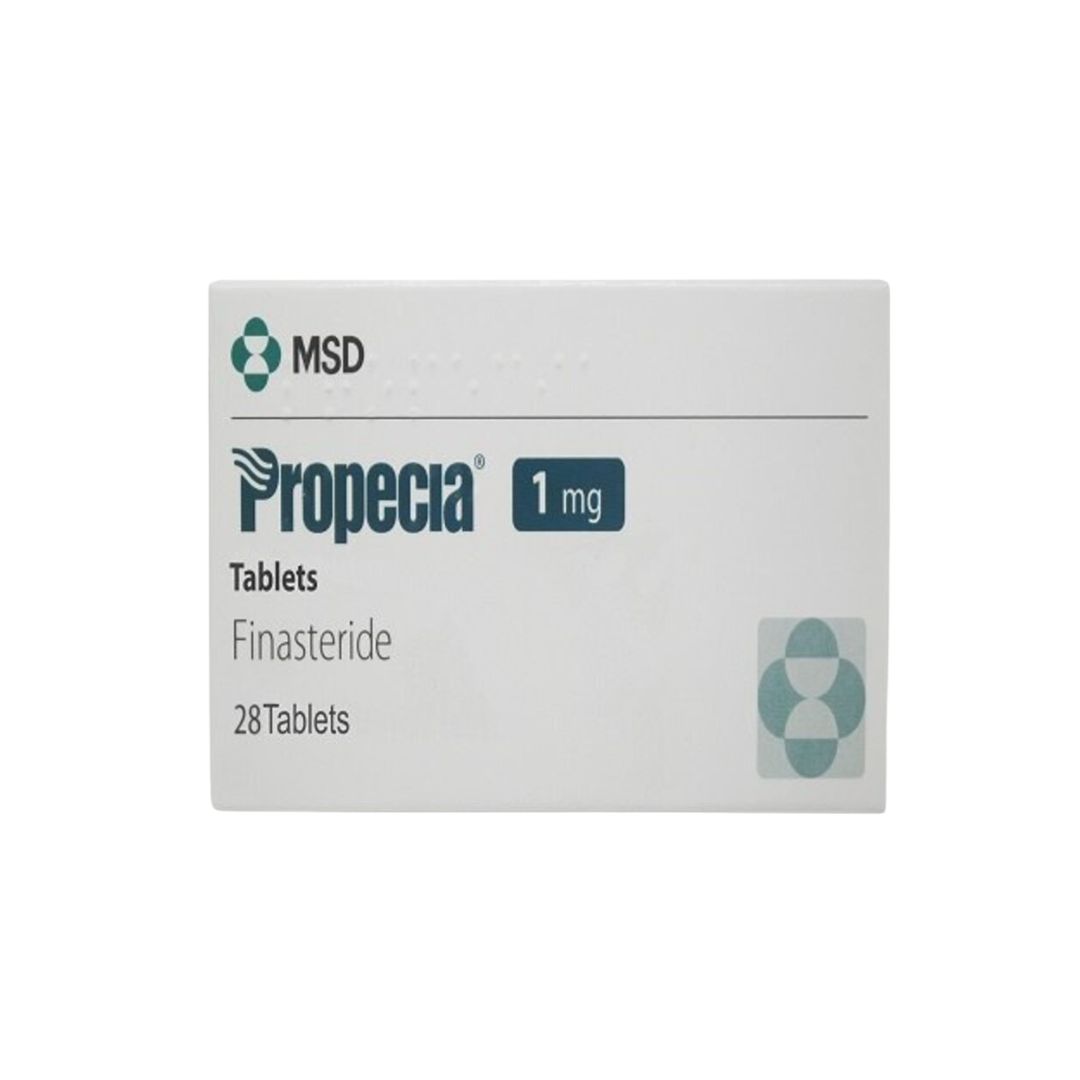
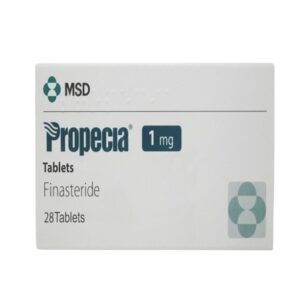
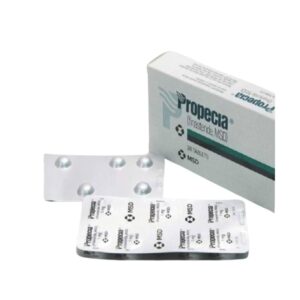
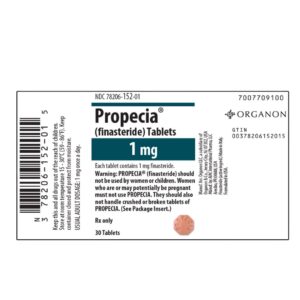







Reviews
There are no reviews yet.